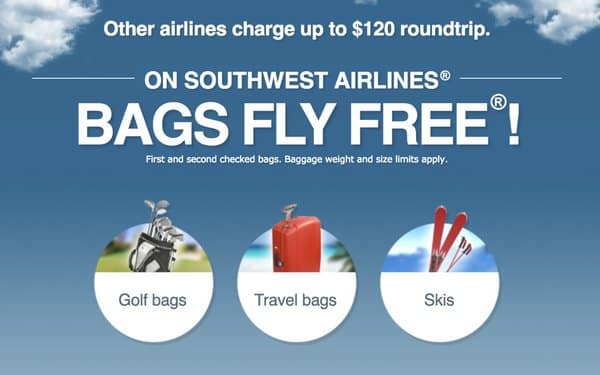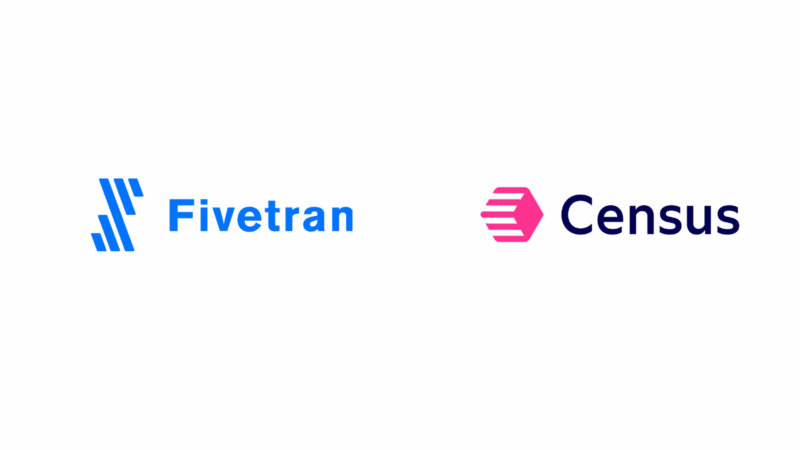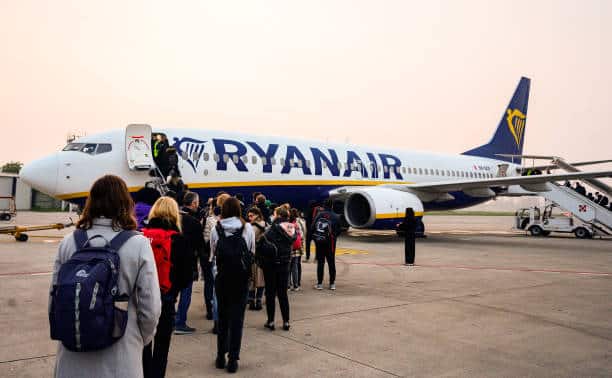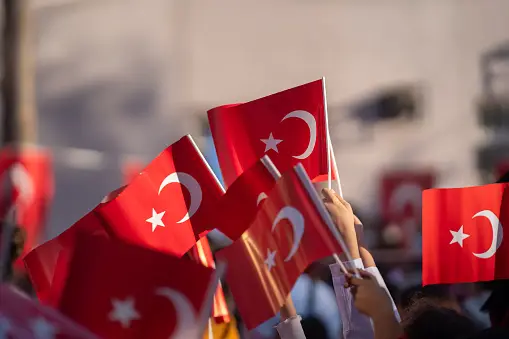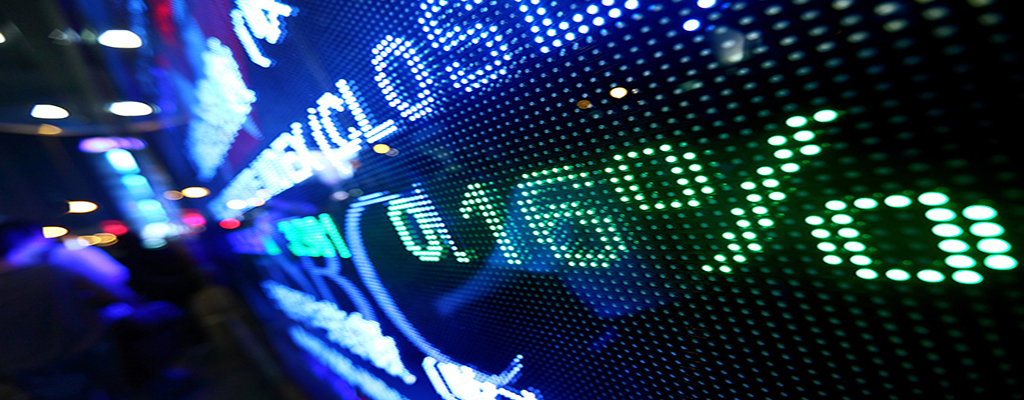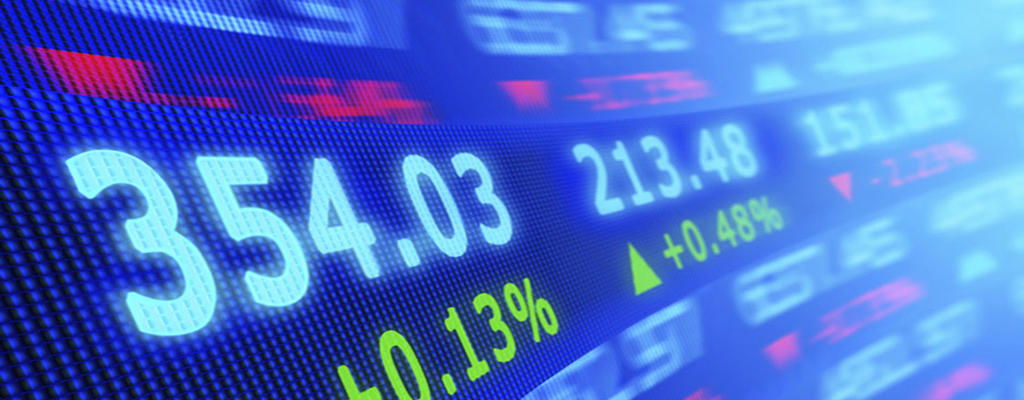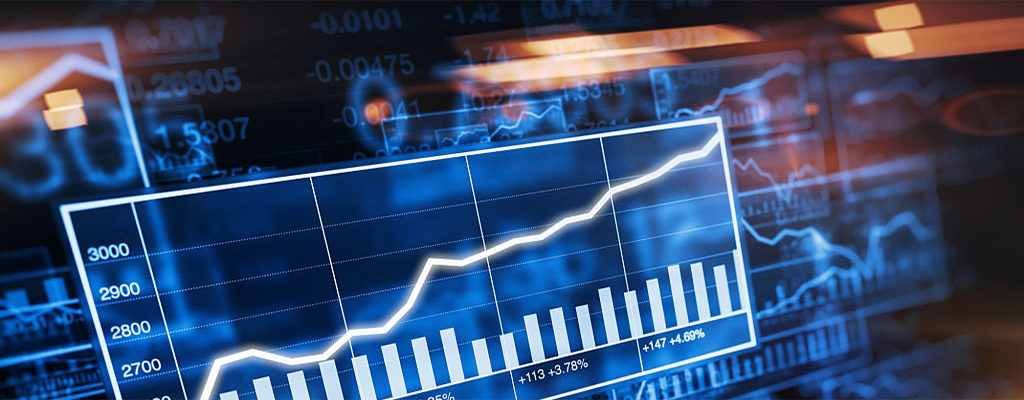Tariffs to benefit PH but readiness lacking

THE Philippines stands to benefit from a sweeping US tariff overhaul that has disrupted global trade flows, a study showed, as the country emerges among the least exposed Southeast Asian economies to new US duties targeting imports.
The Philippines has not been spared from the global trade wars triggered by US President Donald Trump's tariffs, but it faces a comparatively modest 17-percent tariff, the lowest among five regional economies covered by the study — Malaysia, Thailand, Indonesia, Vietnam and the Philippines.
Still, the Philippines lacks the infrastructure and investment to take quick advantage, it said.
Vietnam and Thailand are subject to much steeper rates of 46 percent and 36 percent, respectively, though those have been paused until July.
The study by Philippine Institute for Development Studies created a Tariff Exposure Composite Index to assess how vulnerable each country is to the new US levies. The Philippines and Indonesia both scored 2.2, placing them in the moderate risk category. But their positions differ significantly.
While both share the same risk score, Indonesia is considered more exposed due to its higher 32-percent tariff and a narrower exemption coverage — only about 10 percent of its exports to the US are shielded, the study showed. Its main exports, such as palm oil and footwear, are also highly sensitive to price increases.
In contrast, the Philippines benefits from broader tariff exemptions, covering around 33 percent of its US-bound exports, mostly in high-value sectors like semiconductors, memory chips, and storage devices. This, along with its lower tariff rate, places it in a stronger position to attract diverted trade and investment.
"The Philippines is strategically positioned to benefit," the study authored by former Trade undersecretary Rafaelita Aldaba said. "Its low tariff rate, strong exemptions for key exports, and moderate strategic exposure create an opportunity to attract trade and investment shifts."
Malaysia, with a slightly higher tariff of 24 percent, also ranked favorably, scoring 2.8. It has the highest exemption coverage in the region, protecting nearly 46 percent of its exports to the US, particularly in electronics and semiconductor equipment.
Vietnam and Thailand scored higher on the risk index — 3.4 and 3.0, respectively — reflecting deeper exposure. Both countries depend heavily on the US market and have lower exemption coverage. Vietnam sends 35 percent of its total exports to the US, making it the most vulnerable among its peers, the study showed.
The study warned that while the Philippines has a relative advantage, it still lagged behind Malaysia and Vietnam in manufacturing scale, logistics and readiness to absorb new investment.
"The Philippines' ability to convert this relative advantage into tangible economic gains will hinge on how swiftly it can mobilize responses in logistics, investment facilitation, and targeted export promotion," the study added.
What's Your Reaction?
 Like
0
Like
0
 Dislike
0
Dislike
0
 Love
0
Love
0
 Funny
0
Funny
0
 Angry
0
Angry
0
 Sad
0
Sad
0
 Wow
0
Wow
0





